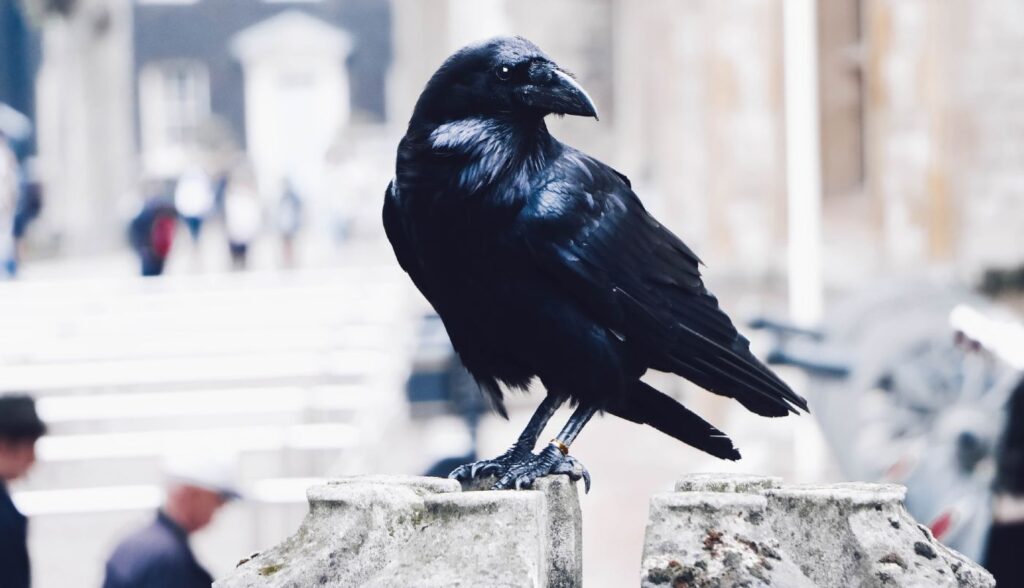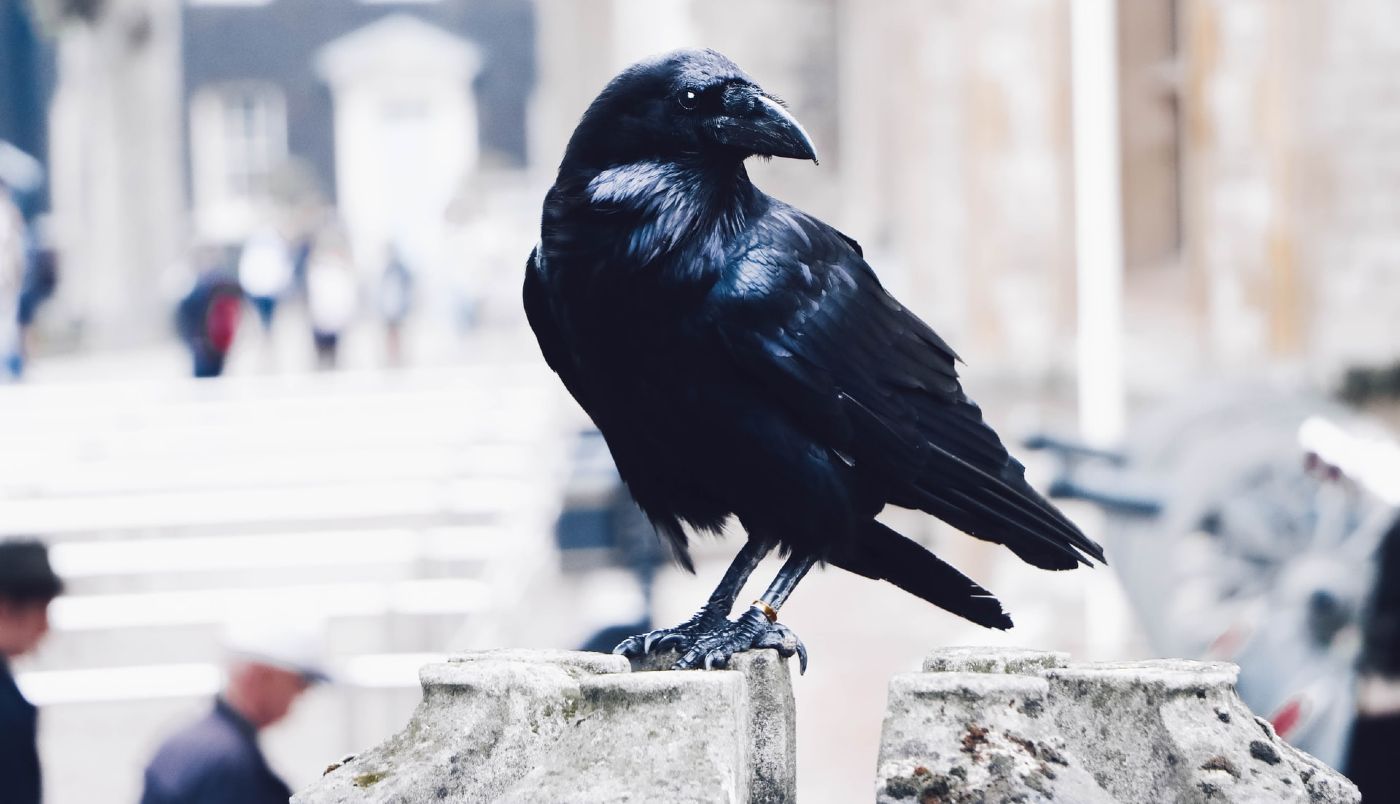Crows, rooks, and ravens, a family of birds known as corvids, are pretty dang smart. In some ways, some crows are as smart as first graders.

In 2014, a famous ornithological accomplishment saw New Caledonian crows, who as outlined in Jennifer Ackerman’s brilliant work The Genius of Birds, are possibly the smartest of their race, and capable of passing newly acquired knowledge down to immediate offspring, completing the Aesop’s Fable challenge.
This famous test of intelligence and problem solving—which no animal had ever solved before, saw the crows drop stones into a water-filled tube in order to raise a floating platform of food high enough so that they could reach it.
More recently though, carrion crows have demonstrated that they can subjectively experience, process, and report on tasks or phenomena they have completed or seen.
This type of behavior is associated with the cerebral cortex, a region of the brain which not all animals possess, including birds, and suggests, according to the scientists, not only empirical evidence of consciousness in birds, but that consciousness as we would understand it can arise from different configurations of the brain organ as a whole; potentially changing the understanding of animal intelligence and neurology.
Savvy birds
Though the theory of what designs enable consciousness has moved on substantially from Descartes’ famous “cogito ergo sum” during the 1600s, the Latin phrase which translates to “I think therefore I am,” can be used to describe the recently reported performance of crows during a visual detection test.
Two crows, Ozzy and Glen, at the University of Tübingen in Germany were trained to peck at a red or blue target after they saw a light flash. Andreas Nieder, the scientist administering the test, then did something very difficult for even young children to grasp: he began changing the rules.
When at first the objective was to peck the red panel when a flash was detected, Nieder changed it to blue, which the crows picked up on and followed before Nieder changed it back to red. Furthermore, he would change the rule after the flash had already occurred or hadn’t occurred, giving the birds a few seconds to review what they knew about the task and make the correct corresponding choice.
This meant that they not only attached a phenomenon to a physical motion, but were able to review that in their head, and apply the same (could you say logic, or inference?) to the task again to continue pecking the correct panel.
CHECK OUT: Here’s How Thousands of Birds Are Being Saved From Flying into Toronto Buildings
“These results suggest that the neural foundations that allow sensory consciousness arose either before the emergence of mammals or independently in at least the avian lineage and do not necessarily require a cerebral cortex,” wrote Nieder et al. in their corresponding paper published in Science.
Bird-brained–a compliment
During the task hundreds of neurons were lighting up on monitors which tracked the activity of cells in the brain when the crows were acting on the flash, but when a light didn’t go off, the neurons remained silent, i.e. “no, I didn’t see it.”
The brilliant work of Glen, Ozzy, and Nieder was reported on by STATnews, who talked with Nieder about the study.
“I think it demonstrates convincingly that crows and probably other advanced birds have sensory awareness, in the sense that they have specific subjective experiences that they can communicate,” he said. “Besides crows, this kind of neurobiological evidence for sensory consciousness only exists in humans and macaque monkeys.”
Indeed crow brains can contain 1.5 billion neurons—as many as some monkeys.
MORE: This Hacker Built a Vending Machine for Crows as an Ingenious Response to a Cocktail Party Argument
With the possibility of crows, and perhaps other animals outside the mammalian order having complex if differently formed brains, it could change the way humans view our earthly neighbors and perhaps replicate the respect we have for monkeys and apes in other creatures.
Share This Fascinating Finding With Your Friends on Social Media…




















